Learning Japanese on Duolingo // Is It The Way To Fluency?
Learning Japanese on Duolingo 🤔 A Genuine Review from a Beginner Student
Duolingo is the daddy of language learning apps and recently I’ve been learning Japanese on Duolingo – so I wanted to share my experience with you.
First and foremost – is Duolingo the way to Japanese fluency? No – and in this very we’ll explain why.
That doesn’t mean you shouldn’t be utilising Duolingo for your studies though.
No app can boast the ability to get a student fluent in their target language – it’s as simple as that.
Apps are best used in portfolios. Don’t expect to pick up your phone, study using just one app and hey presto… you’re fluent.

Fluent is, after all, a broad term in language terms. Someone might define themselves as fluent but have poorer Japanese skills than someone who doesn’t.
Anyway, with all that said and done, today we’re going to introduce you to learning Japanese on Duolingo. It’s worth noting this is targeted at Japanese beginner students (I myself am part of that group having recently picked up Japanese).
Learning Japanese on Duolingo | What is Duolingo?
Learning Japanese on Duolingo | Learning the Alphabets
Learning Japanese on Duolingo | The Course
Learning Japanese on Duolingo | A Typical Lesson
Learning Japanese on Duolingo | Pros & Cons
Learning Japanese on Duolingo | FAQ’s
Learning Japanese on Duolingo // What is Duolingo?
Duolingo is a language learning app that provides an extensive number of worldwide languages.
In fact, you name the language, and Duolingo probably teach it.
The app, whether they meant it or not, is more targeted towards beginner/intermediate students in general, attempting to give the student a foot-up in their target language.
Duolingo provide a series of lessons on one screen You unlock the lessons as you pass previous ones, thus making steady progress in the language.
Today we focus on the Japanese course.

Best Instagram Account to Learn Japanese?🏆Our Winner Is…
Best Instagram Account to Learn Japanese is… This isn’t a paid promotion, this is our team debating the best resource on Instagram to learn Japanese.
Learning Japanese on Duolingo // The Alphabets
Yes that isn’t a typo, alphabets is indeed plural because in Japanese there isn’t one, two, but three alphabets to learn!
Sounds daunting but it’s not as bad as it seems. We explain exactly why here…
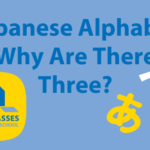
The 3 Japanese Alphabets // Discover Hiragana, Katakana and Kanji
The Japanese Alphabet is not singular. In fact there are 3 alphabets in Japanese! Hiragana, Katakana and Kanji. We teach you why and how to use them.
Putting Kanji aside (Chinese characters imported into the Japanese language), one of my favourite Duolingo features are in fact the alphabet reviews you can do.
Whilst you cannot get fluent in Japanese using Duolingo, you can master the two alphabets, Hiragana and Katakana.


I started using Duolingo for Japanese with little to zero knowledge of the Hiragana and Katakana, but after grinding for a few weeks (everyday by the way)… I managed to get through the Hiragana and Katakana courses and feel at complete ease when reading Japanese.
This is incredibly motivating – especially coming after learning Chinese which takes years to read with no problems. With Japanese (Kanji aside) you can go from zero to reading sentences in weeks.
If you are just starting out with learning Japanese on Duolingo I highly advise you go to the Alphabet section before dipping into the course because it’s much more intimidating.
At least with a knowledge of the scripts, you are much more familiar afterwards.
You can find the Alphabet course using the bottom toolbar and clicking on the Hiragana (this is the letter A in Japanese by the way).
You’ll then be faced with every letter from Hiragana and Katakana, and the idea is you work your way through it with small, bite-sized lessons where you focus on 3/4 letters per lesson.
You can then use the weight on the bottom right to essentially strengthen and revise the letters.
Learning Japanese on Duolingo // The Course
As stated above, the course takes you through a number of mini-classes on your way down the page.
You’ll learn all the basics you’d expect such as:
- Food
- Time
- Routines
- Family
- Feelings
- Shopping
- Education
- Numbers
There are 133 topics in total and each topic is broken down into a series of mini classes so there is plenty to get your teeth stuck into.
With each topic you can go back and review it as much as possible, thus achieving extra crowns. The more crowns shows more study which should mean greater knowledge.
See above I’ve studied the Hiragana and Katakana quite extensively with 4 and 5 crowns to my name.
Whereas food, time and routines I just have the 1 crown so far, which might assume my knowledge is a tad rusty, or could do with some extra revision.
You can complete the course by simply gaining 1 crown for every topic, but I’d advise going back and re-doing the topics over and over to make sure it sticks.
Learning Japanese on Duolingo // A Typical Lesson
Lessons can last anything between 5 and 15 minutes generally, depending on how you are getting to grips with the letters and structures. Lessons are split with numerous different activities.
In the earlier stages you are normally introduced to new words with their respective Kanji.
Once becoming familiar with the word/Kanji you then move onto the sentences themselves. Here you are either given a sentence in English or Japanese.
Your job then, is to create the sentence in the other language. It’s useful because it works both ways and not just one way.
As you progress further of course, the lessons get a little harder and more challenging.
The screenshots above relate to some of the earlier lessons I took.
Learning Japanese on Duolingo // Pros & Cons
With all that said, let’s dig deeper into what I like and don’t like so much about learning Japanese on Duolingo.
| Pros for learning on Duolingo | Cons for learning on Duolingo |
|---|---|
| Simple interface | Only suitable for beginners |
| Perfect for beginners | Punished for mistakes |
| Excellent tutorial for learning the alphabets | Occasions where things are lost in translation |
| Motivational push notifications | Lack of any sort of Kanji tutorial |
| Big community & forum |
I’ll quickly expand on some of those points now:
Punished for Mistakes
With Duolingo, in the standard lessons if you make 5 mistakes, you’re out.
This can be super frustrating for learners as you have to wait a number of hours, usually the next day, until you can pick up again.
It can also leave you on edge a bit.
Duolingo do provide unlimited mistakes with their paid plan so there is a clear motive here to try and convert people into paying customers this way. I see the idea with the Health bars as mentioned above but learners shouldn’t be punished. Simple as that.
Lost in Translation
Sometimes, things just don’t translate from Japanese to English. This can make some of the translations awkward and at times, incorrect.
This confuses users. It’d be best to steer clear of potentially ambiguous words and phrases, or perhaps explain this isn’t a direct translation.
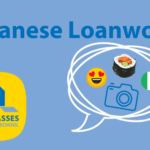
Japanese Loanwords 🤩 41 You Should Learn Straight Away
Japanese Loanwords are actually a great way to boost language learning motivation because it makes you realise you can still find similarities with English!
No Kanji Tutorial

Kanji is an essential part of Japanese, but Duolingo never explains this.
They do filter Kanji into lessons (see my screenshots above), but never truly explain it.
That’s a great shame considering the high praise I gave for their Hiragana and Katakana.
I believe another KANJI tab with 50 of the most commonly used Kanji, with an explanation about Kanji would be hugely beneficial for the course.
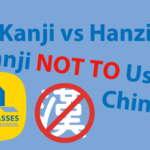
Hanzi vs Kanji // Japanese Kanji NOT To Use in Chinese
Hanzi vs Kanji // Japanese and Chinese have a long history of sharing characters with each other, but it’s not always as simple as that. Find out why…
Hopefully this review has given you an idea on whether learning Japanese on Duolingo is for you.
If you are just venturing into this fantastic new language I wholeheartedly recommend it for learning Hiragana and Katakana to give yourself a basic foothold in the language.
Happy learning 🤩
Learning Japanese on Duolingo // FAQ’s
Can I learn Japanese on Duolingo?
Yes, Duolingo has a Japanese course aimed mainly at beginner students.
Can I get fluent in Japanese with Duolingo?
No you won’t.
No app can boast the ability to get a student fluent in their target language – it’s as simple as that.
You can certainly make good early strides though.
I am a beginner in Japanese, should I use Duolingo?
If you are just venturing into this fantastic new language I wholeheartedly recommend it for learning Hiragana and Katakana to give yourself a basic foothold in the language.
How can I download Duolingo?
You can download Duolingo here for Apple devices and here for Android.
Want More From LTL?
WANT TO LEARN JAPANESE? Check out our online Japanese courses here.
We offer a 7-day free trial to all new students where you can study 24/7.
What about studying Japanese in Japan instead? We’ve got your back. Our Japanese courses in Tokyo can either be taken in small groups of no more than 5 students or individually for a more tailored experience.
We even offer incredible homestay experiences in Tokyo as well.
Come and be a part of this amazing community.










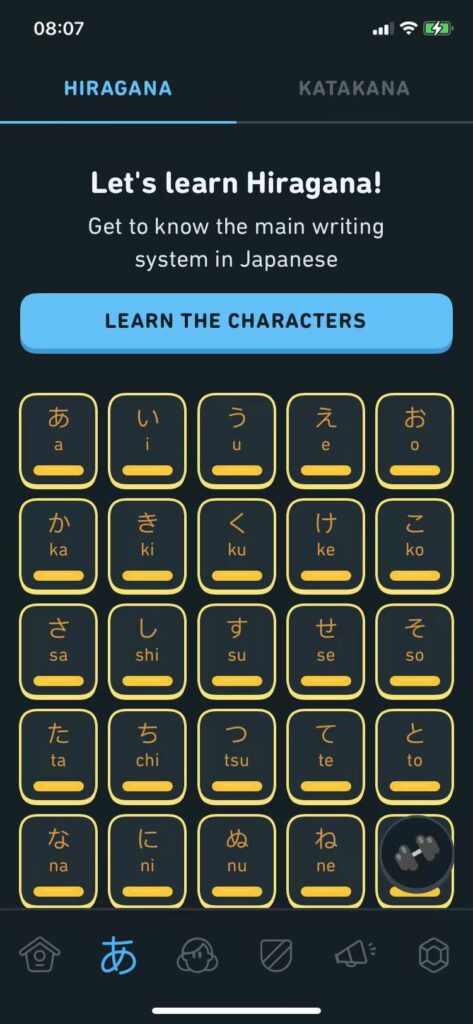
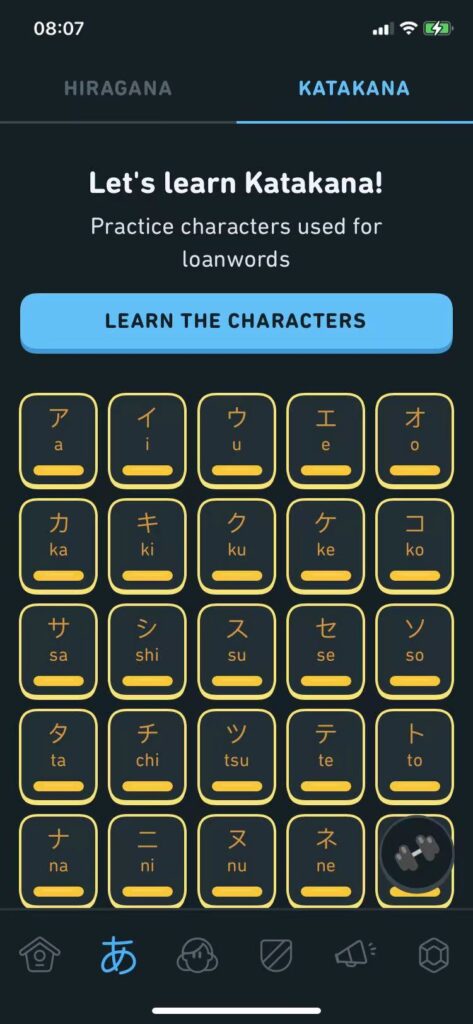
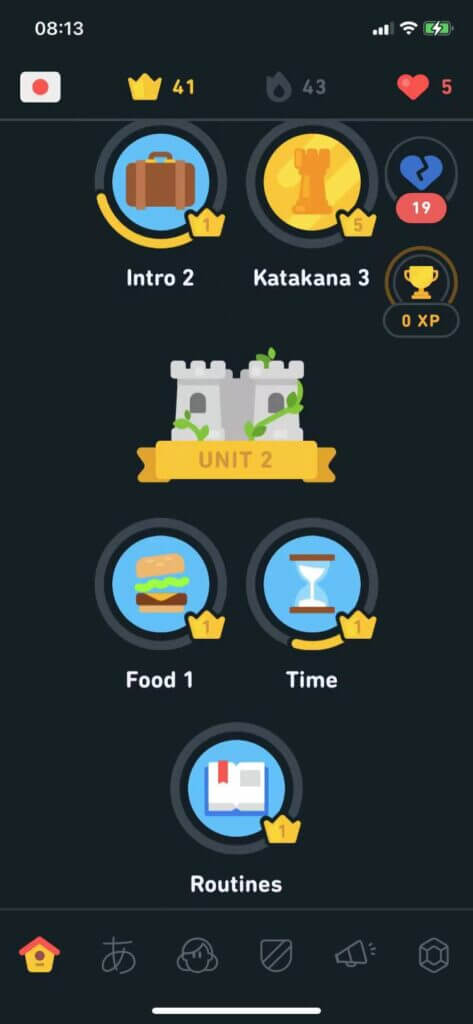
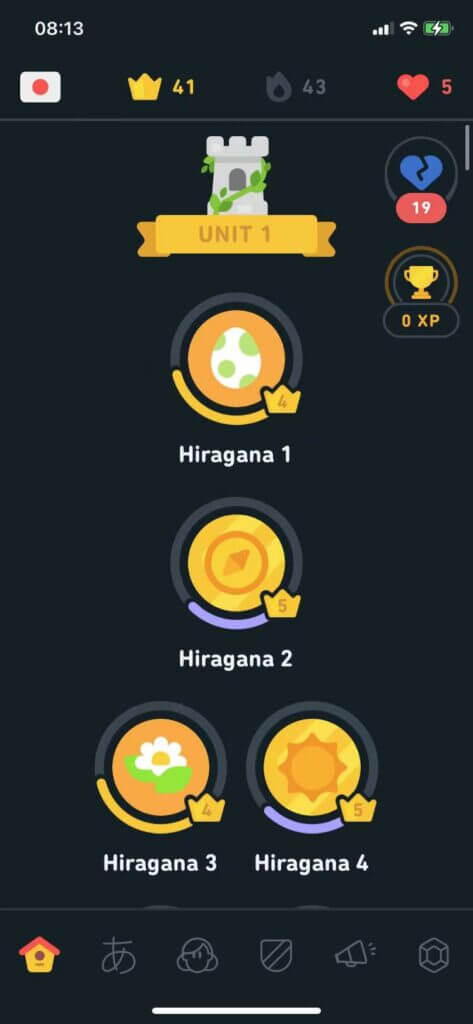
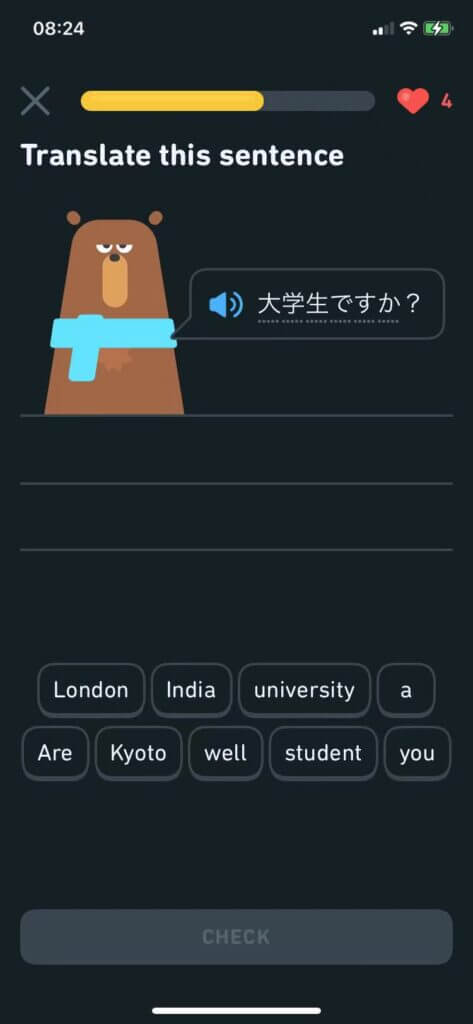


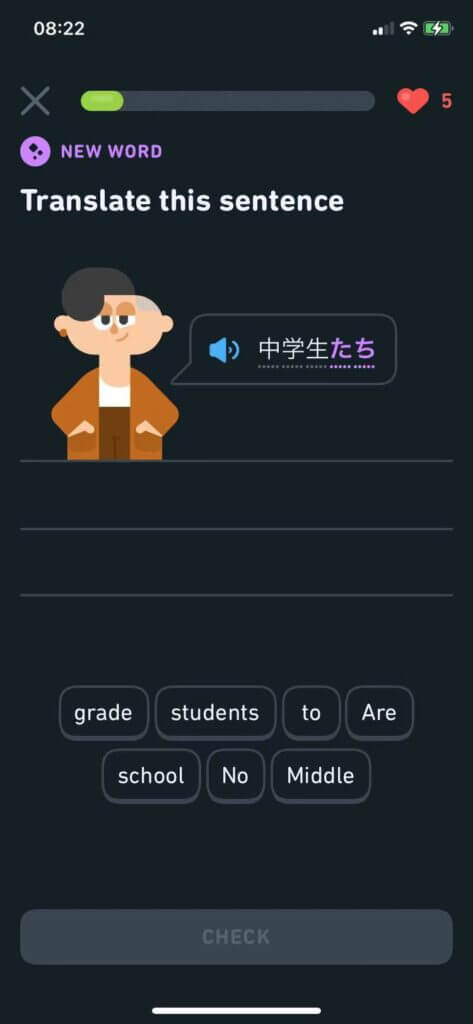
2 comments
Prefer Lingodeer
A great app!